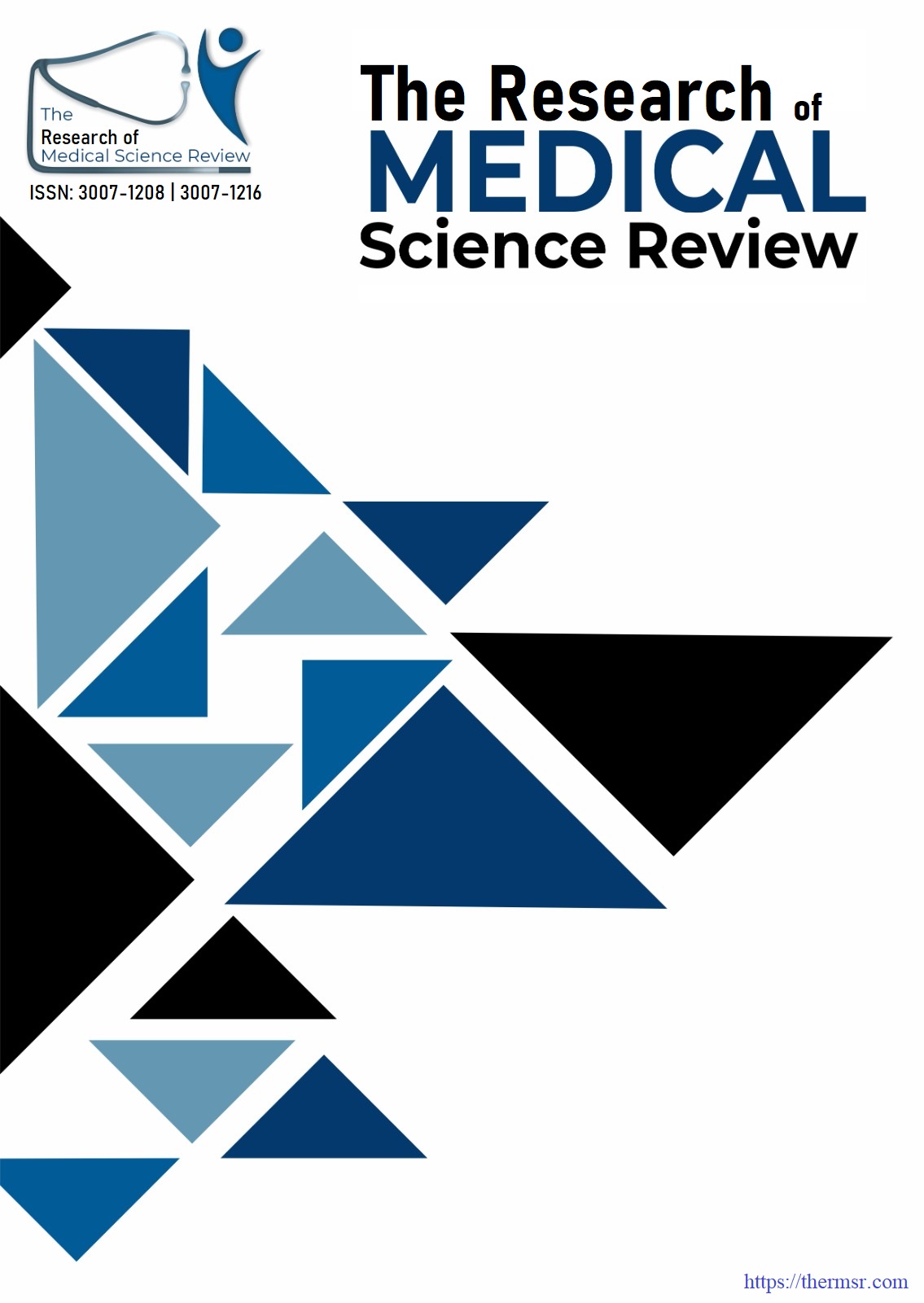FREQUENCY OF SOLITARY RECTAL ULCER SYNDROME AMONGST PATIENTS PRESENTING WITH LOWER GASTROINTESTINAL BLEEDING
Keywords:
histological, clinical, Endoscopy, lower gastrointestinal bleeding, Solitary rectal ulcer syndromeAbstract
Background: The benign rectal illness known as solitary colorectal ulcer syndrome (SRUS), which is linked to a defecation issue, has diverse features on appearance, endoscopy, and histology, as well as multifactor diseases. Objective: The purpose of this study is to evaluate the histological, clinical, and endoscopic characteristics of SRUS in patients who have lower gastrointestinal bleeding. Material and methods: This cross sectional single center study was carried out from January 2024 to June 2024 at Gastroenterology department, Bolan Medical Complex hospital, Quetta Balochistan after taking approval from ethical committee of the institute. International criteria were followed in order to prepare the patients for the colonoscopy. A video colonoscope (Japan, Tokyo), was used for all colorectal operations. SPSS version 24 was used to analyze all of the data that had been collected. All variables were then subjected to the post-stratification chi-square test, with a p-value of less than 0.05 being deemed statistically significant. Results: Of the 17 (6.6%) individuals who had lower GI bleeding, 57% (n=11) were male and had SRUS. Frequent clinical observations were anemia, mucous discharge, loose stool, stomach discomfort, and perirectal hemorrhage. The most frequent presentations were: 17 (100% haemorrhage via rectum), 13 (76.4%) constipation, 8 (47%), straining, 8 (47%), mucous expulsion, 11 (64%), stomach discomfort, 2 (11%), and diarrhoea (2 (11.7%). Conclusion: In our study, the frequency of solitary rectal ulcer syndrome was 6.6%, which is a low occurrence and the benign defecation condition was frequently accompanied by lower gastrointestinal hemorrhage, bloating, straining, and abdominal discomfort. It requires a methodical strategy that includes biofeedback, conservative treatment, medical care, and, as a last option, surgery.
Downloads
Downloads
Published
Issue
Section
License

This work is licensed under a Creative Commons Attribution-NonCommercial-NoDerivatives 4.0 International License.















